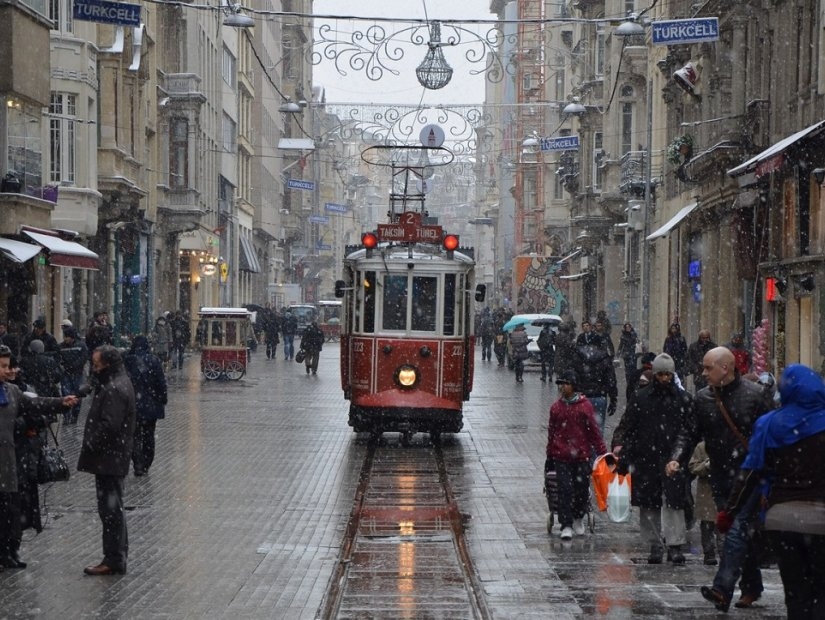Blog
Istiklal Avenue in Winter
Istiklal Avenue in Winter
Istiklal Avenue in Winter
Istiklal Street has always been a stop for everyone who comes to Istanbul. It has an excellent atmosphere with shopping shops, restaurants and cafes lined up on both sides of the street. It is a kind of symbol of Istanbul with its red tram that goes from one end of the street to the other. This street with churches and monasteries dates back to the post-Byzantine era. The avenue is located in Beyoğlu, one of the oldest districts. The street, which is furnished with old architecture, is also the meeting point of most people, as it is considered the center. In modern times, it is also preferred because it is easy to reach thanks to its proximity to the metro.
Historical Development of the Street
Istiklal Street has a history stretching from the Ottoman Empire to the Republic. Istiklal Avenue began to take shape and develop starting from the 18th century. Taksim became more famous and the foundations of its current reputation were laid with the buildings that were started to be built on both sides of the street. The name of the avenue, which was called "Grande Rue de Pera", "Grand Street" with the proclamation of the Republic in the 20th century, and "Cadde-i Kebir", began to be called "Istiklal Avenue" and remained so
The Nostalgic Tram
Tram service started in Istanbul from 1869 to 1966, first on horseback, and then it was carried out with an electric system. The tram was put into operation again as The Nostalgic Tram between Taksim and Tünel, closed to motor vehicle traffic at the end of 1990. This 1,65 km long route is single-track and makes two-way round trips across the street. It is a touristic service rather than transportation, with an average daily passenger capacity of 2,500.


